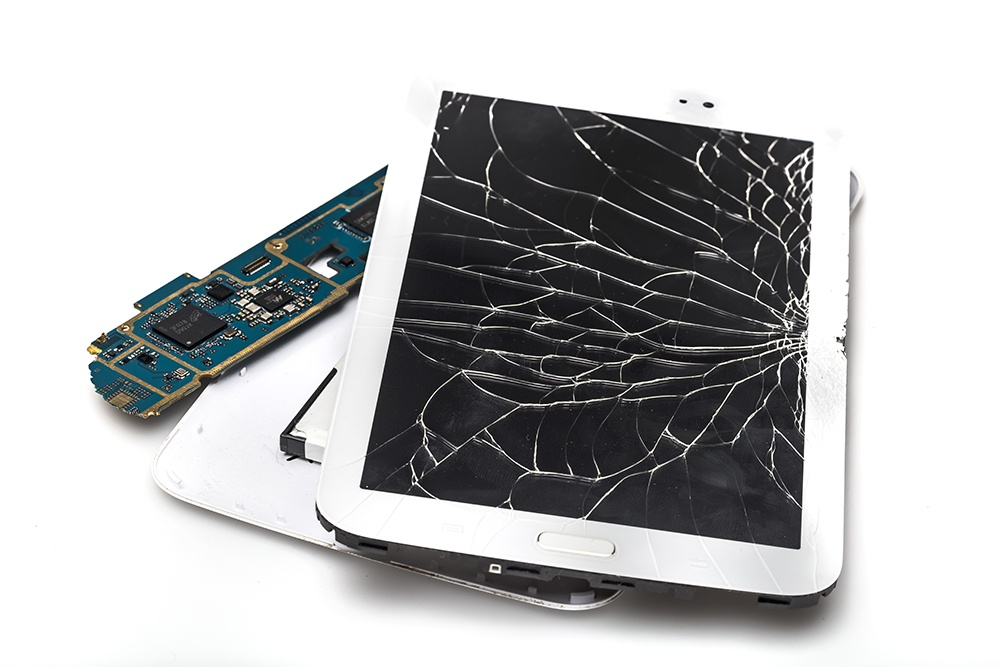The growth of business mobility is enormous. Sales staff have long relied on their mobile phones to enable on-the-fly meetings with prospects, of course, but as devices have become more powerful they’ve also found a place in other business mobility effort. But as phones and tablets become increasingly common tools for healthcare workers, field service staff, and others, they also become increasingly exposed to environments in which consumer-grade devices were simply not designed to function – plumbers have them under leaky sinks, and remote oil field workers have them in locations that are very often both very hot and very dusty, to name just two quick examples. And it’s not just environmental factors that can wreak havoc on devices – droppage and excessive vibration are also common enemies in a field environment.
These harsh realities of field usage are precisely what ruggedized devices are designed to overcome.
It’s perhaps surprising, then, that so many business mobility implementations rely on consumer devices – a business decision that is typically made either because consumer-grade devices typically have a lower upfront price tag than their ruggedized kin, or else because the business has decided to try and offload costs to workers via bring-your-own-device (BYOD) policies.
Total Cost of Ownership: Consumer versus Ruggedized
And yet, consumer devices and BYOD policies come with costs that contribute to a far greater total cost of ownership (TCO) than the TCO for ruggedized devices. The comparative numbers? Typical business TCO for consumer devices is approximately $4000 annually, compared to an average annual TCO for ruggedized devices of $2700.
There are a number of contributing factors to the high TCO of consumer devices for business. It’s common sense, of course, that ruggedized devices will operate longer in the field environments for which they’re designed, as opposed to the shorter life of consumer devices in such environments. But beyond replacement costs, ruggedized devices also typically come with other factors that lower their TCO.
Because they are custom-built for their application, for example, they are easier to uniformly provision with required software and to uniformly patch with necessary updates – which substantially lowers the management burden on IT, and can significantly lower costs. And because both specs and builds are the same across these devices, support desk calls are less likely in the first instance, and more easily resolved when they do occur. As with easier IT management, so too does easing the burden on help desks provide often-dramatic cost savings.
And because IT can more easily keep a fleet of standardized, ruggedized devices regularly updated, another critical factor comes into play: Security. Because many data breaches are accomplished via hackers’ exploitation of outdated software and firmware, devices that are regularly patched and updated become unattractive targets, which in turn lowers the likelihood of a data breach and the attendant costs that businesses suffer because of them – costs that, in 2018, average more than $3.8 million per breach.
Is Rugged Right?
It becomes apparent, then, that ruggedized devices can contribute to a better ROI when it comes to business mobility. That contribution, though, is in the aggregate – and it may be that some businesses will find consumer-grade devices entirely appropriate for their needs. But even in cases where ruggedized devices are not needed, a sound mobility management program is still essential for reducing the hidden costs of ownership of consumer devices by implementing better, more cost-effective provisioning, management, and security for those devices.
If you’re considering implementing a mobility strategy for your workforce, then, it can pay to consider ruggedized devices as part of the strategy. And if you have any doubts or uncertainty, consult with a qualified and experienced mobility management provider to help you sort out what kind of devices you need, and how – ruggedized or not – you can maximize your ROI in this brave new world of connected devices.
About Wireless Watchdogs
At Wireless Watchdog, we have years of experience in helping companies of all sizes better their bottom line through better management of their mobility efforts. If you'd like a free white paper detailing some important aspects of how to go about implementing mobile device management for your business, it's easy -- just click here:








